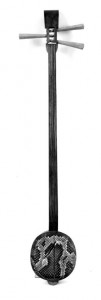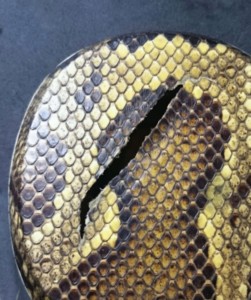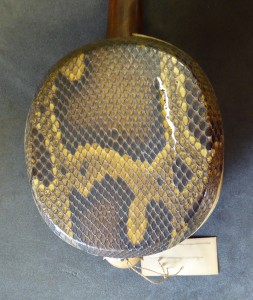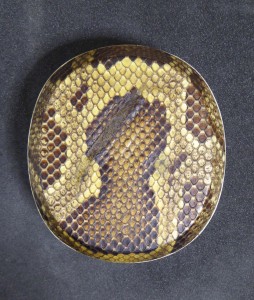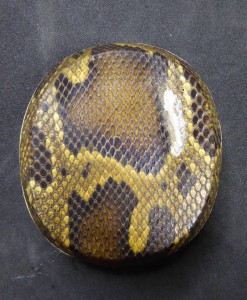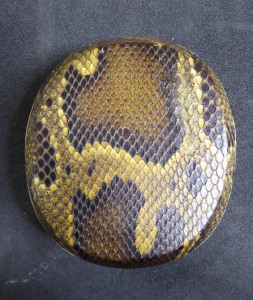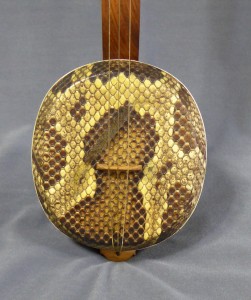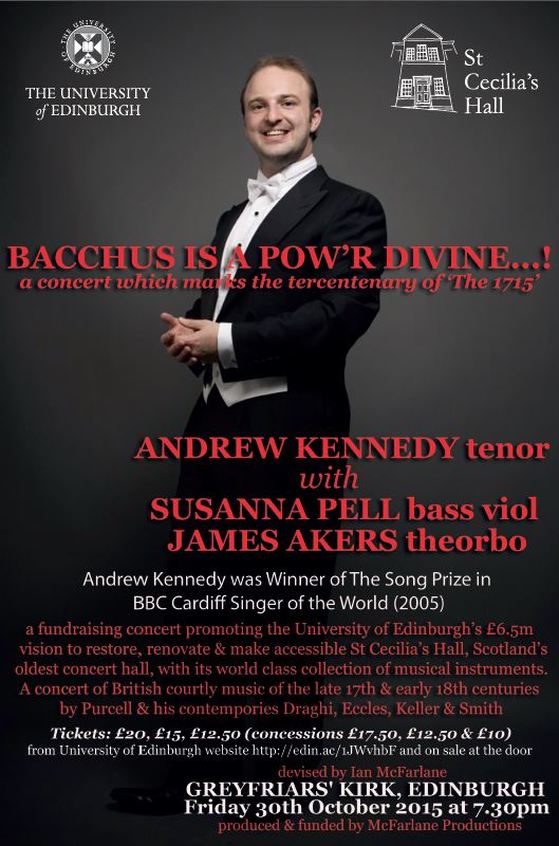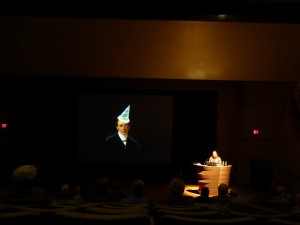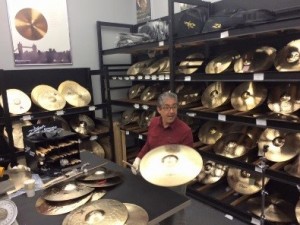
Musical instruments from the University’s world–class collection heralded the half-way point in St Cecilia’s £6.5million renovation.
The musical curiosities were played at a ‘topping out’ ceremony – traditionally held by construction workers – to celebrate progress in the restoration of St Cecilia’s Hall.
Construction workers, University students, staff and project supporters gathered on site for a unique acoustic recital of a 19th century contrabass serpent, performed by musician Tony George.
The copper serpent played dates from around 1815 and was made in Glasgow. It is a descendent of the cornet and a distant ancestor of the tuba. The unusual instrument gets its name from its long cone, which is bent into a snake-like shape.
A 19th century ophicleide – an early predecessor of the tuba – was also played at the event.
Jacky MacBeath, Head of Museums at the University of Edinburgh, said: “The topping out ceremony was a wonderful opportunity to celebrate reaching a landmark moment in St Cecilia’s Hall’s renovation.
“The performance was a fitting tribute for the project and gave our students, partners and contractors the chance to experience some of the world’s finest instruments that will be on public display in the near future.”


